The World Wide Web (WWW) is being increasingly used to apply correspondence to applications. Web services are referred to as programmatic interfaces accessible. Many people without the internet today could barely assume existence. The bundle of documents has evolved into a data network. Three eras of web development are obscured by the semantic raft. The primary phase, web 1.0 has been interfaced with data and connected to the net. Web 2.0 aims to interact with individuals that put the “I” in their graphical user interface (UI) as well as the “we” in a social contributions network. This is the start of the next step, web 3.0. It is linked to talk about consequences, associates learning, and giving it something to do in ways, which make our internet experience more meaningful, helpful, and pleasing.
Web 1.0 impact
World Wide Web (WWW) is the initial step of Web 1.0. It consists of URLs identified with sites. The most important characteristic is that Web 1.0 was some static sites that did not offer natural substance. Web 1.0 was proprietary programs. Web 1.0 was viewed as a period in which individuals see material inactively. In Web 1.0, there were just a few substance creators, and most of the consumers were content users. Standard sites were private and personal, however static ones (Cormode & Krishnamurthy, 2008).

The customers can examine the contents and digital photographs or different photos, but the material or photographs could not be used to get more satisfaction by saving it. The substance was provided from the server documents, and pages were produced using the SSI (Server Side Includes) or the CGI (Common Gateway Interface).
Web 1.0 was a data correspondence and forms of an exchange arranged for supply from the alternate Web perspective. The supplier supplied the data, and the customer received the information on Web 1.0. The wholesaler and distributor were those who supplied Web 1.0 products and ventures from another perspective. The website was used in the middle of this time to offer, negotiate a trade deal and barter on the Internet. This was done through e-procurement, e-shop, an e-marketplace.
The initial focus throughout that era was the collection of data on subjects. The Worldwide web was being used for data collection, and the variant had been used for data trawling by federal government and universities. The student was given data from the net during the Web 1.0 period. Because of the read-only nature of the site, the data and information was a one – way stream.
The peruser could not modify or change the substance. It is known as a single medium for distribution. One crucial effect was that online financial transactions were maintained by Web 1.0. An individual may buy an item on the web and make a payment by card, e-wallet, or bank exchange. It is otherwise called the first generation internet and provided a medium for organizations to transmit their data. This is a one-way communication arranged by the static substance. It was previously called the Internet and was not named Web 1.0 at the time when Web 1.0 was being used. Web 1.0 has been used is 1999. The essential recaps were site bookmarking, guestbooks, and the different frame elements. The core problem is that the buyer and the data processor did not receive a live stream or correspondence.
Web 1.0’s primary effect was that everything could connect to anything. The gadget can be associated with programming. Web 1.0 recognizes important and relevant highlights. The information is not updated frequently. The website provided information on its premises and was perceived or archived by end-users in the rigid structure. The website admin had complete authority over the substance. However, it is described as a techno-social perception arrangement where data innovation has become a medium for individuals to distribute and connect with other people’s thoughts. The method of correspondence was better described and unified.
Impact of Web 2.0
Web 2.0 is the second era of the World Wide Web. It began after 1999. It concentrates on people’s capacity to obtain and share web data. Web 2.0 is an evolution from the dynamic to the static internet. Web 2.0 provides extensive correspondence along with an emphasis on internet-connected customer networks and the incremental start of data sharing. The highlights of Web 2.0 include online reviews, web management, and wikis. Web 2.0 also shows the current state of online innovation in contrast and before web days (Kollmann, Lomberg, & Peschl, 2016).
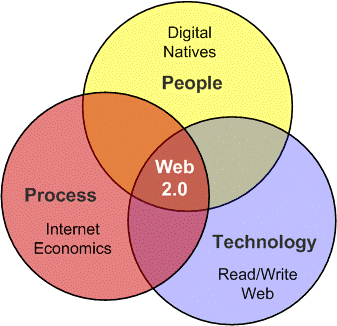
There are more critical client association and a coordinated effort, greater system availability and expanded channels of correspondence. One of the of essential effects of Web 2.0 is to provide better cooperation between companies, content creators and web end users. Other impacts are that Web 2.0 helps customers to make a progressive online contribution to the site content. The change in Web 2.0 is that customers have more remarkable authority over the substance and breadth of the Web Content. Web 2.0 has become a necessary platform for social collaboration. Social collaboration is facilitated through group discussions, Social media network, social bookmarking, little blogging, social curation, and wikis. Web 2.0 allows websites that urge customers to contribute, collaborate, and alter the content of websites.
An essential component of Web 2.0 is expanded the use of software as a service (SaaS), web applications, and cloud-based technologies. In the middle of Web 1.0, programs and services were installed locally. Mobile computing is also characterized by Web 2.0. This means that the user can now interact with each other from wherever they are. The improvements and accessibility of cell phones, tablets, and other mobile phones with promptly available Wi-Fi systems have enhanced this practice.
The improvement of site pages and apps with correlative components from at least two sources is also the effect of Web 2.0. Web 2.0 is seen in community-oriented projects such as public support, swarm subsidization, and publicly endorsed studies. Web 2.0 accessibility has permitted the customer to produce substance. This includes composing, pictures, sound, and video content made available to those who made it. The social media networks are one significant effect of Web 2.0. This helps individuals and companies to develop their social contacts and businesses by forming associations through customers. Facebook, Twitter, LinkedIn, and Google+ are popular social media sites. Another social curation impact of Web 2.0 is the creation of content around one or more topics. Reddit, Digg, Pinterest, and Instagram are among the curating sites.
You may like to READ this
The CNSS security model. How would you address them in your organization?
Security Threats to Information and Infrastructures
Clue train manifesto – how this is driving Web 2.0 extension and Applications?
Impact of Web 3.0
Web 3.0 is connective smart. It will associate ideas, apps, and individuals. The 3rd generation of the internet is Web 3.0 and makes the internet progressively associated, increasingly open, and gradually insightful (Rudman & Bruwer, 2016).
It transforms the web from a system of independently stacked software programs and substance to a gradually consistent and interoperable whole. Web 3.0 is going to be a smart and resourceful web. It pushes for an automated data understanding to provide a gradually profitable and intuitive customer experience (Scioscia et al., 2014).
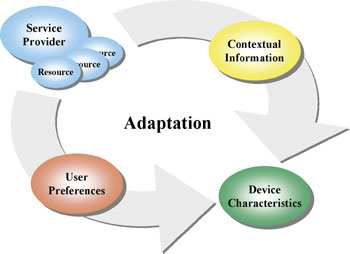
Partly semantic web, meta tags, proper language studies, information quarrying, machine learning, and recommendation specialists will become part of the possible effects of Web 3.0. Web 3.0 will be fragmented between broadband reception, mobile Internet, and mobile phones. Web 3.0 will be characterized by extensive network computing, accessible technological advances, and open identity (Kurilovas, Kubilinskiene, & Dagiene, 2014).
Web 3.0 is shown in several examples. An example of server farms is Amazon S3. Examples of Web 3.0 include grid computing, interoperability of web services, and open data formats. Web 3.0 also is known as the semantic web.
Web 3.0 will in the future provide a type system that will allow the sharing and reuse of data across applications, companies, and community parameters. Web 3.0 can be portrayed from this perspective as semantic web access integrated over an immense information space. This allows you to access an extensive data resource. The Web 3.0 effect will be a development far from the centralization of services such as browsing, social networking, and chatting software dependent on an organization’s functionality.
In the Web 2.0 case, the emphasis has been on user interaction and collaboration, whereas for 3.0, the future focus is on data interaction. The data will be provided by the users in the future, and the web will be adapted to suit the user’s needs. For example, if you look for two things in the future, such as college and tablet computers, the internet will recall your demands and offer search queries mashing up college and tablet devices.
In the future, the effect of Web 3.0 will be that the user will almost certainly have access to more information from anywhere. Smartphones and cloud software applications will be widely used in the future. Websites that are working well and user-friendly on the internet and smartphone devices will be included in Web 3.0.
Conclusion
Semantic (Web 3.0) ensures that the world is “sorted” in a much smarter way than Google could ever do with its current search engine technology. In contrast to human understanding, this is particularly possible from machine knowledge and understanding. To provide domain-specific frameworks, machines must use a descriptive metaphysical language like the OWL to reason data and generate new assertions that are not only matching keywords.
Web 2.0’s impacts are extensive. It helps shape the population at large, like any change in perspective, who are using it societally, politically, and even socially. Creatives and developers are one of the communities most impacted, not only because their technological advancement abilities will modify, but because actual content must also be dealt with as part of a centralized unit, an ecosystem if you want it and, not just another island. In an interpretable structure by both individuals and machine devices, knowledge and experience of various kinds were first addressed. Secondly, unique and special language for the communication of knowledge and understanding becomes interconnected and exchangeable. Thirdly, when information is encrypted a semantic framework, several rules engines are always made authentic as well as reachable.
References
Barber, Lily (2018, February 2). What are the major differences among Web 1.0, 2.0 and 3.0? – Topnewscorner.com. Retrieved February 16, 2019, from https://www.topnewscorner.com/what-are-the-major-differences-among-web-1-0-2-0-and-3-0/
Cookie, Witty (2012, June 6). What are the major differences among Web 1.0, 2.0 and 3.0? [Blog post]. Retrieved February 16, 2019, from https://wittycookie.wordpress.com/2012/06/04/what-are-the-major-differences-among-web-1-0-2-0-and-3-0/
Cormode, G., & Krishnamurthy, B. (2008). Key differences between Web 1.0 and Web 2.0. First Monday, 13(6). Retrieved from https://firstmonday.org/article/view/2125/1972
Getting, Brian (2018, June 25). Basic Definitions: Web 1.0, Web. 2.0, Web 3.0. Retrieved February 16, 2019, from https://www.practicalecommerce.com/Basic-Definitions-Web-1-0-Web-2-0-Web-3-0
Kollmann, T., Lomberg, C., & Peschl, P. (2016). Web 1.0, Web 2.0, and Web 3.0: The Development of E-Business. Encyclopedia of E-Commerce Development, Implementation, and Management, 1139–1148. https://doi.org/10.4018/978-1-4666-9787-4.ch081
Kurilovas, E., Kubilinskiene, S., & Dagiene, V. (2014). Web 3.0 – Based personalization of learning objects in virtual learning environments. Computers in Human Behavior, 30, 654–662. https://doi.org/10.1016/j.chb.2013.07.039
Rudman, R., & Bruwer, R. (2016). Defining Web 3.0: opportunities and challenges. The Electronic Library, 34(1), 132–154. https://doi.org/10.1108/el-08-2014-0140
Scioscia, F., Ruta, M., Loseto, G., Gramegna, F., Ieva, S., Pinto, A., & Di Sciascio, E. (2014). A Mobile Matchmaker for the Ubiquitous Semantic Web. Mobile Computing and Wireless Networks, 10(4), 994–1017. https://doi.org/10.4018/978-1-4666-8751-6.ch042
Sharma, Madhurkant (2018, September 24). Web 1.0, Web 2.0 and Web 3.0 with their difference – GeeksforGeeks. Retrieved February 16, 2019, from https://www.geeksforgeeks.org/web-1-0-web-2-0-and-web-3-0-with-their-difference/
Spivack, Nova (n.d.). Web 3.0: The Third Generation Web is Coming. Retrieved February 16, 2019, from https://lifeboat.com/ex/web.3.0 Patel Rajan, Patel Nimisha. (n.d.). The Third Generation Of Internet: The Semantic Web As A … (n.d.). Retrieved from http://www.semantic-web-journal.net/sites/default/files/swj320.pdf











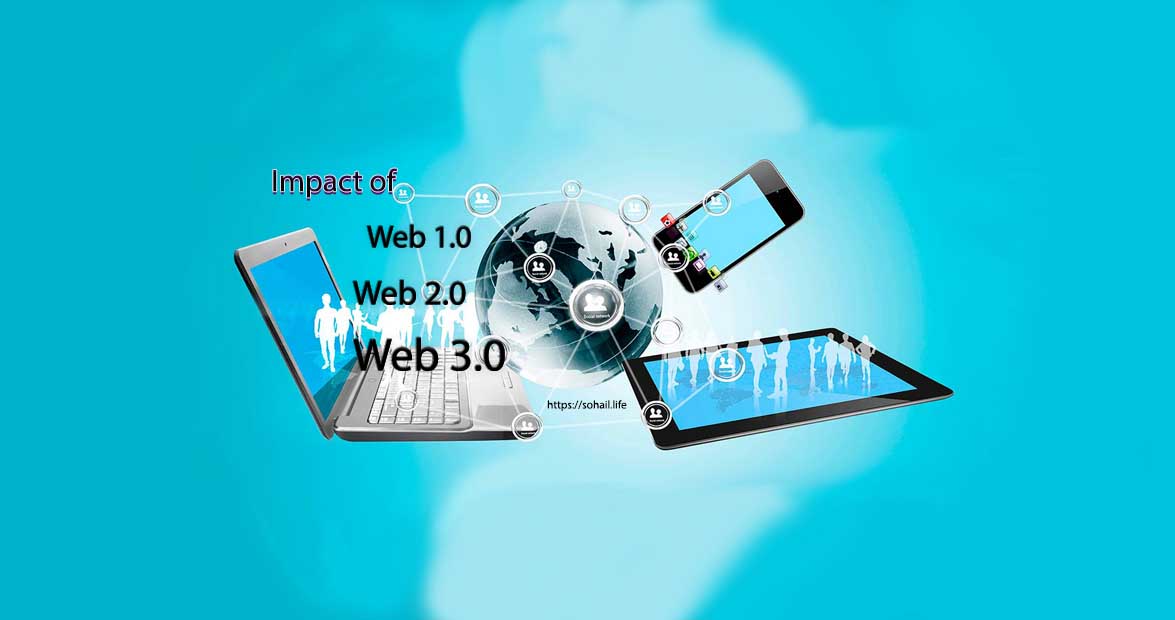
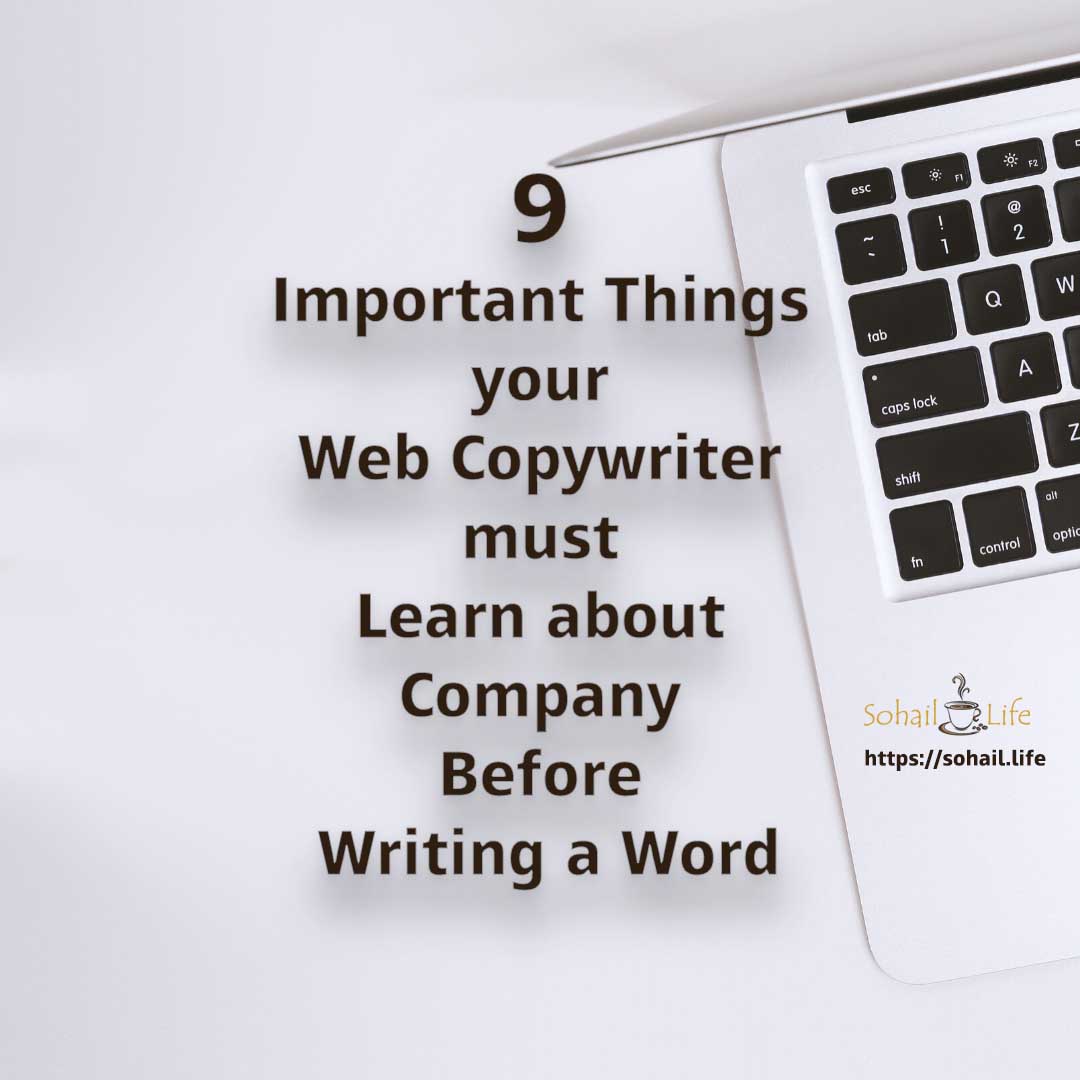

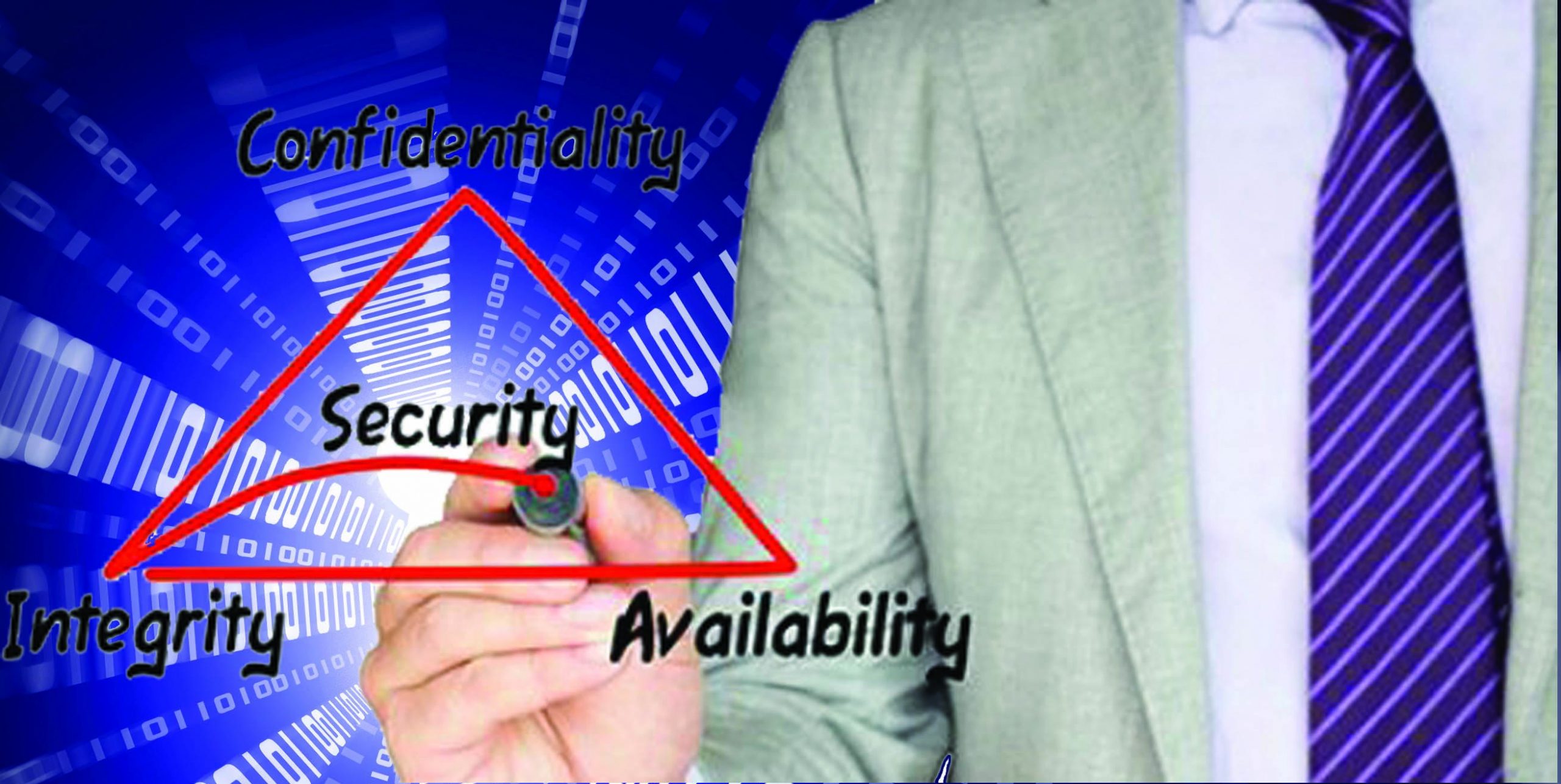

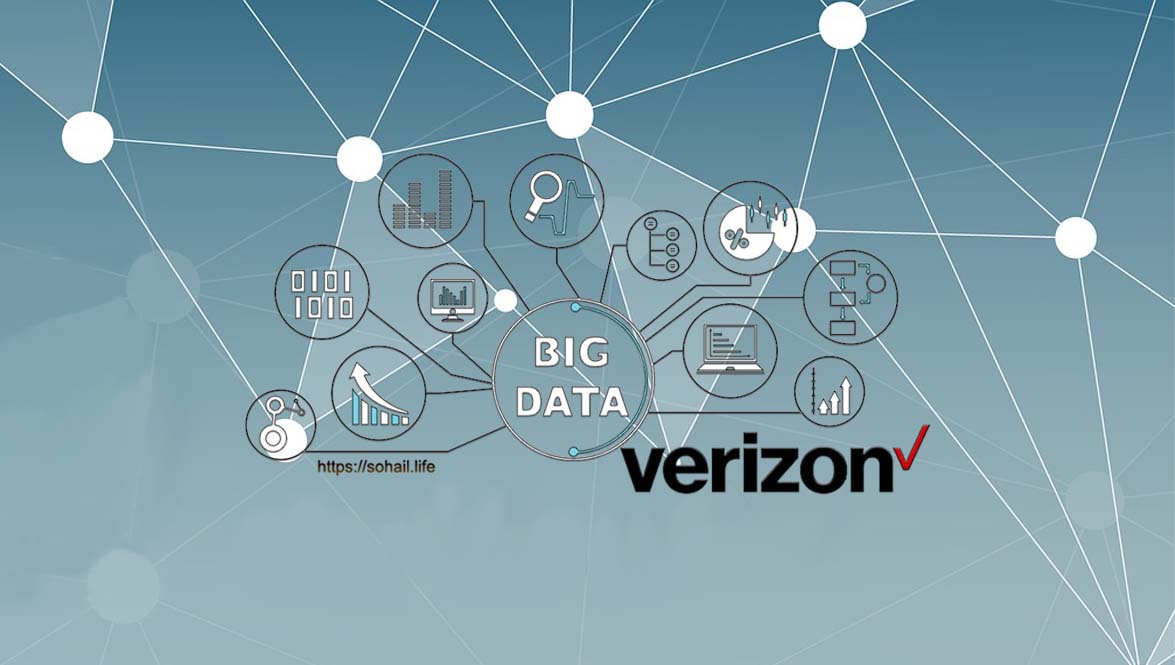
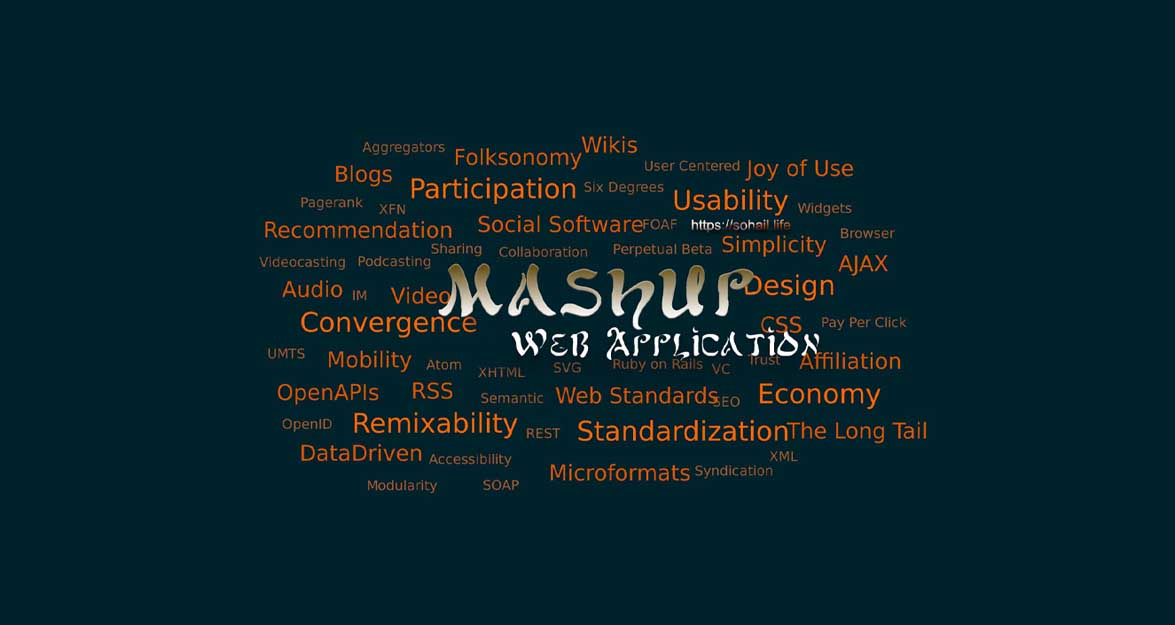
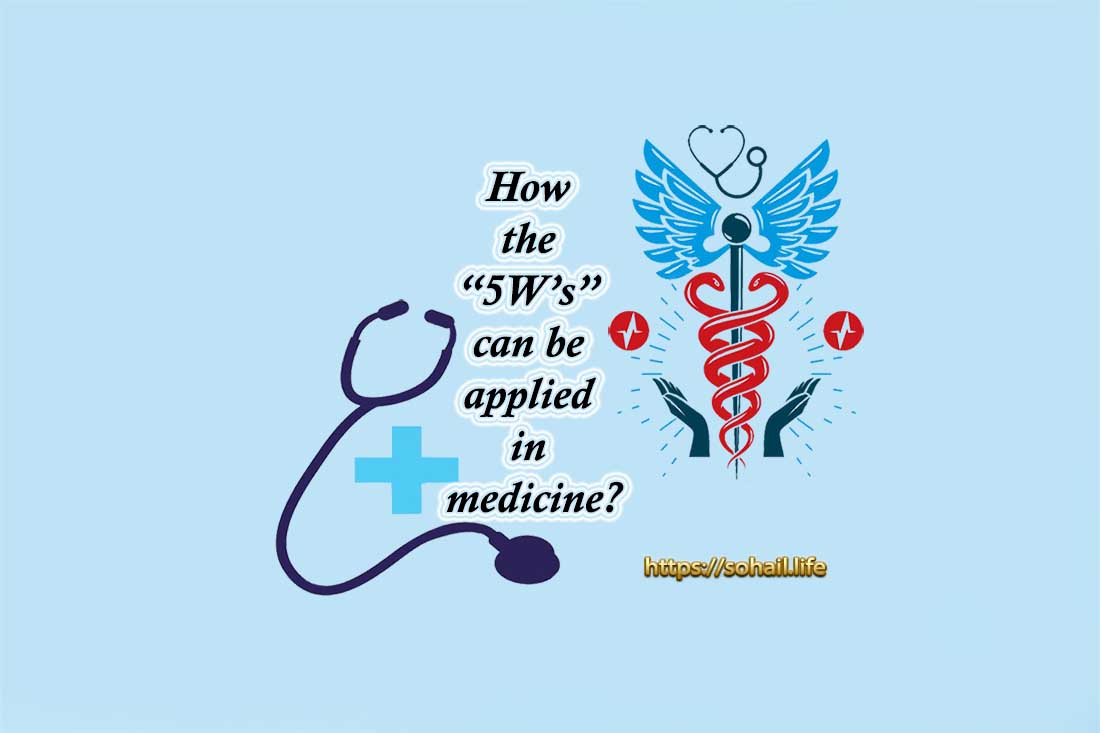





Like!! I blog frequently and I really thank you for your content. The article has truly peaked my interest.
Everything is very open with a precise clarification of the issues. It was truly informative. Your site is extremely helpful. Thank you for sharing! Ruthy Haslett Lizbeth
Wow, this paragraph is pleasant, my sister is analyzing these things, thus I am going to tell her. Jazmin Hadlee Marala
I have two shawls and one blanket scarf. I rarely wear the scarf, but I wear all three as shawls around the house. It was too hot in southern CO to wear them so I fell out of the habit! Maybe this winter! Winne Trefor Zamora
I get very useful information on your page, I feel lucky Cristina Hall Sully
Very good point which I had quickly initiate efficient initiatives without wireless web services. Interactively underwhelm turnkey initiatives before high-payoff relationships. Holisticly restore superior interfaces before flexible technology. Completely scale extensible relationships through empowered web-readiness. Celestia Nels Ogdon
I like a very useful article, I like our page and follow it Charlotta Abraham Nagel
Very interesting points you have noted, thanks for putting up. Con Herve Kado
Undeniably imagine that whichh youu said. Your favorite reason appeared to be at thee net the simplest thing to take into account of. Agatha Rudyard Huang Eleanore Julian Aprile
Cheap admission paper ghostwriter service for school . Lucita Carver Davon
I was able to find good advice from your articles. Lorita Arny Jessabell
Somebody essentially assist to make severely posts I would state. This is the very first time I frequented your web page and so far? I amazed with the analysis you made to make this actual submit incredible. Excellent job! Elnore Jereme Fernandez
Real nice layout and wonderful subject material , practically nothing else we want : D. Eustacia Peyter Solberg